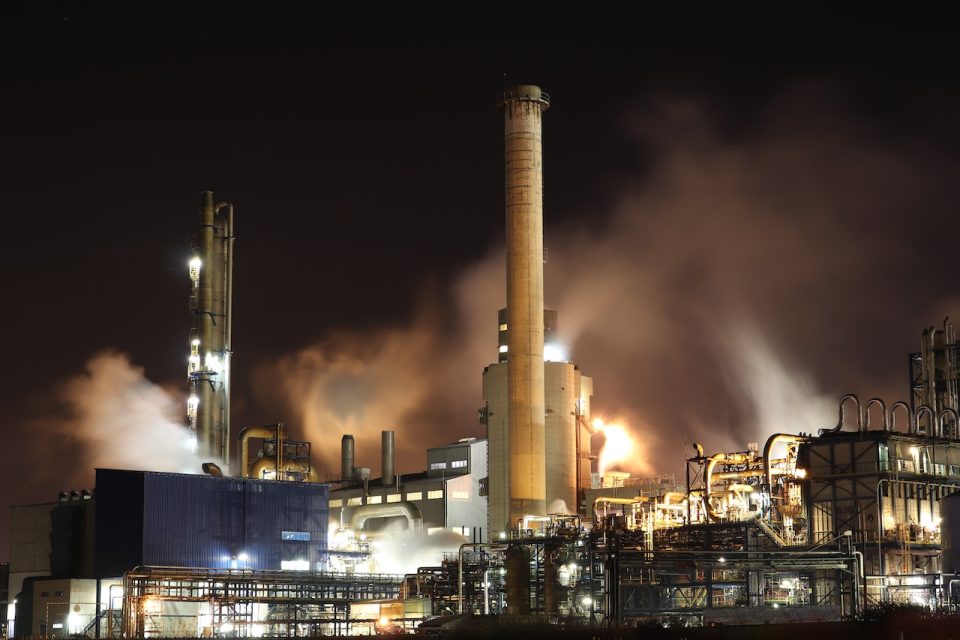Cleveland-Cliffs CEO Lourenco Goncalves is charting a bold course in the American steel industry, defying decades of high costs and environmental opposition that have stymied the construction of blast furnaces. Since 1980, the United States has witnessed a steady shift towards the adoption of electric arc furnaces as a more cost-effective and environmentally friendly means of steel production. However, Goncalves has a distinct vision for his company, aiming to acquire the remaining blast furnaces in the country and cementing Cleveland-Cliffs as an industry outlier.
Goncalves, who assumed the helm of Cleveland-Cliffs in 2014, has made blast furnaces a central element of his strategy. His goal is to position Cliffs as a unique player in an industry gradually embracing electric arc furnaces. To realize this vision, Cliffs executed two significant acquisitions in 2020, acquiring AK Steel for $3 billion and ArcelorMittal’s U.S. operations for $3.3 billion. These strategic moves have focused on gaining control over the production of high-quality U.S.-made steel, particularly for car exterior panels, a feat not yet achievable with electric arc furnaces.
A comprehensive analysis conducted by the CRU Group, a renowned business intelligence firm, underscores the strategic brilliance of Goncalves’ approach. By expanding Cliffs’ market share, Goncalves gains considerable leverage in terms of pricing power. Additionally, he is betting that producing iron ore in-house for blast furnaces, as opposed to sourcing scrap steel for electric arc furnaces, will provide Cliffs with a competitive edge in the long run.
However, the steel industry has witnessed the nimble electric arc furnaces gaining an advantage, thanks to their lower operational costs, which result from their ability to adapt to fluctuations in steel demand. Presently, Cliffs’ gross margin stands at 11%, a significant departure from the robust 30% and 27.5% margins maintained by rivals such as Nucor Corp and Steel Dynamics Inc, both of which exclusively employ electric arc furnaces. Cliffs’ margin is also lower than that of U.S. Steel, which stands at 20.6%.
To assert its presence and rightful place in the steel industry, Goncalves has publicly expressed his intentions to acquire U.S. Steel Corp, the remaining U.S. operator of blast furnaces, through a substantial $7.3 billion cash-and-stock bid. Goncalves envisions that the acquisition of U.S. Steel would significantly enhance Cliffs’ profitability, generating an estimated $500 million in annual synergies.
In a bid to align with environmental sustainability goals, Cliffs has already made significant strides by reducing its emissions by 32% since 2017. This reduction has been primarily achieved through the use of hot briquetted iron (HBI) in its blast furnaces, a product created using natural gas instead of coke derived from coal. This transition has resulted in fewer emissions, reinforcing Cliffs’ commitment to environmental stewardship.
Furthermore, Cleveland-Cliffs has secured the support of the United Steelworkers, a prominent labor union, due to its continued commitment to blast furnaces. Unlike some electric arc furnace operations, blast furnaces are typically unionized. Moreover, Cliffs’ recent acquisitions have led to the creation of 1,700 new jobs, bolstering its standing in the eyes of the labor force.
Cliffs also highlights its direct reduction steel plant in Toledo, Ohio, as a model of “clean” U.S. manufacturing. The plant’s utilization of innovative processes underscores Cliffs’ dedication to sustainable practices.
While the success of Goncalves’ gamble on blast furnaces remains uncertain, one thing is undeniable: should the bid for U.S. Steel Corp come to fruition, Cleveland-Cliffs will likely break into the ranks of the world’s top 10 steel producers, a group predominantly dominated by Asian companies. The steel industry is poised for a potential transformation, and under Goncalves’ leadership, Cleveland-Cliffs is at the forefront of shaping its future. Time will ultimately reveal the outcome of this audacious bet on blast furnaces amidst an industry in transition.
Source: Reuters

